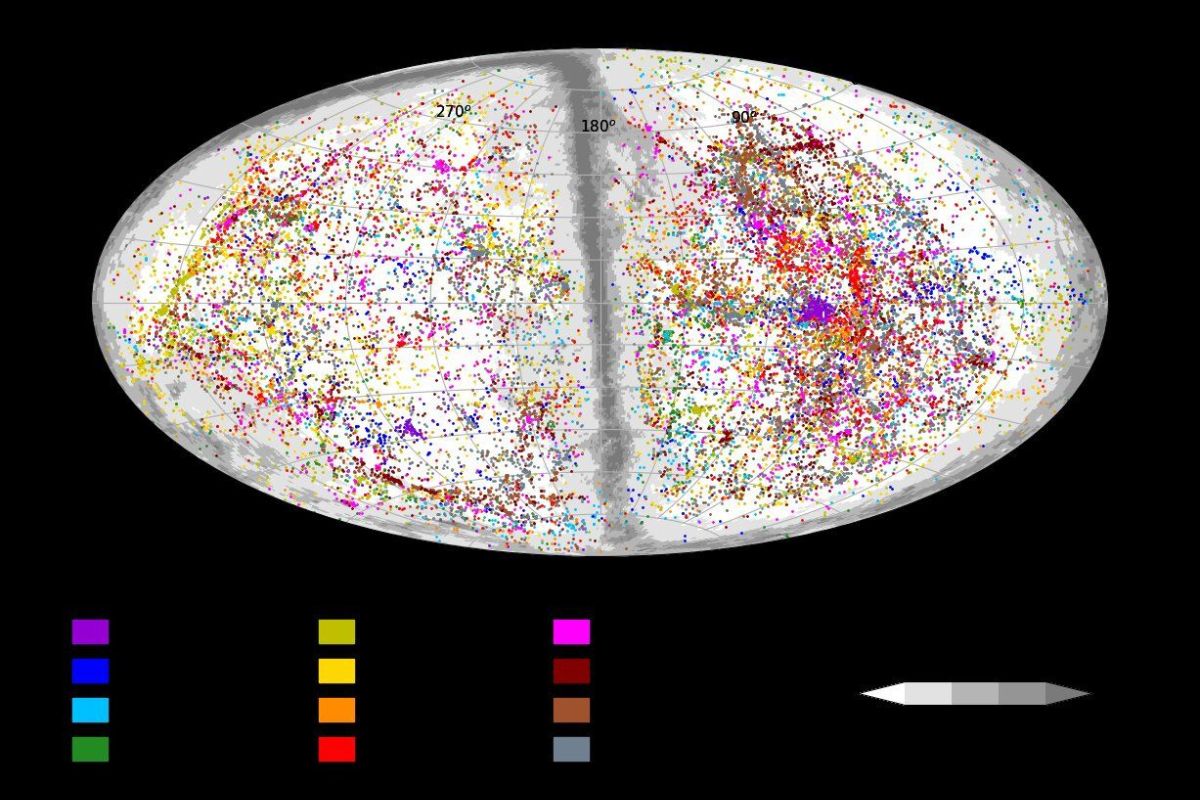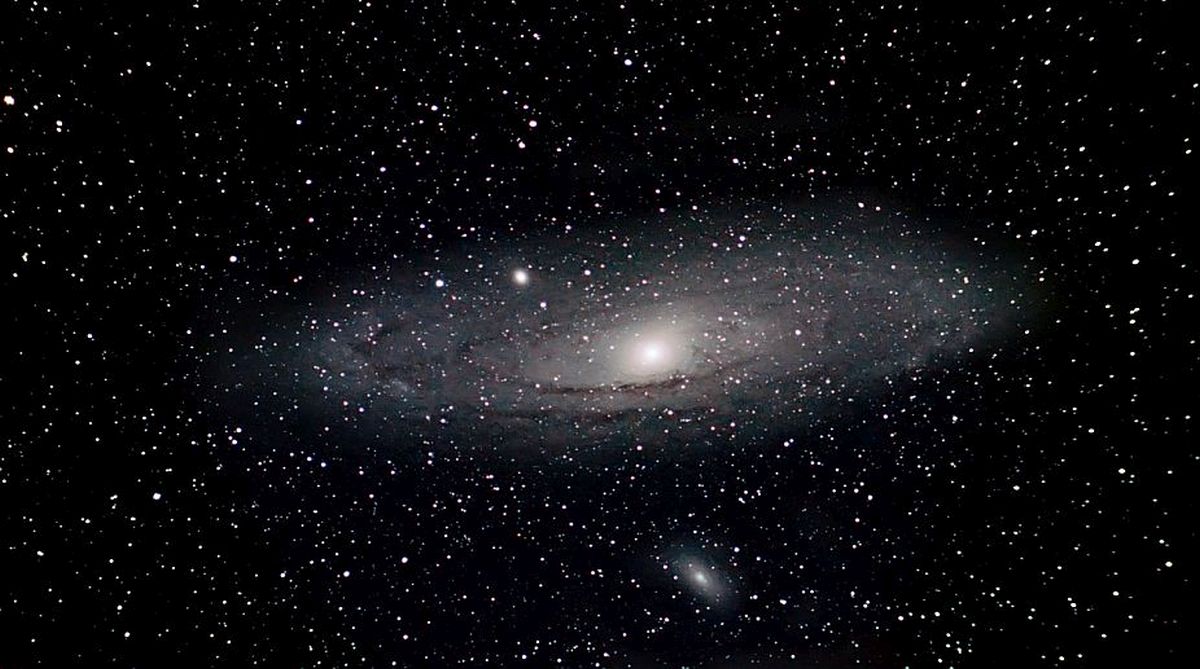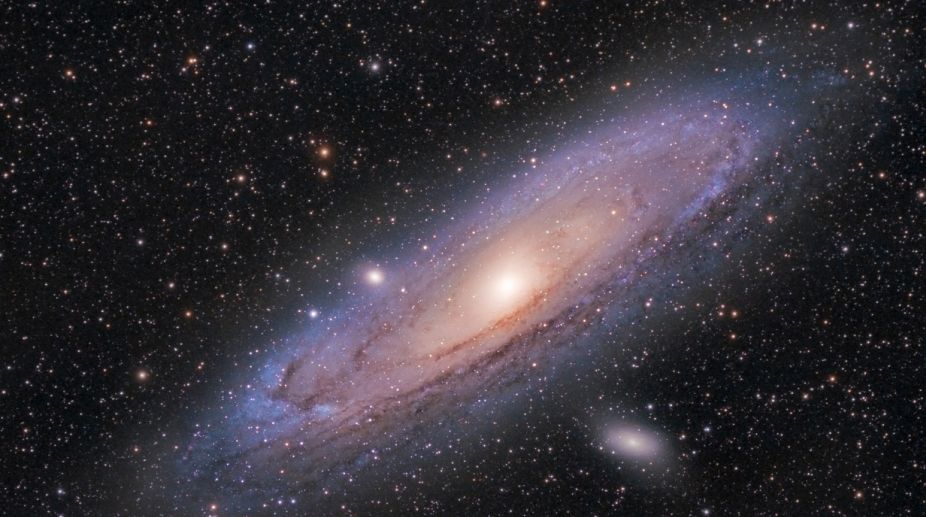Indian-origin astronomer confirms protective shield around dwarf galaxies
Researchers think that a galaxy's corona is a remnant of the primordial cloud of gas that collapsed to form the galaxy billions of years ago.

Researchers think that a galaxy's corona is a remnant of the primordial cloud of gas that collapsed to form the galaxy billions of years ago.

Galaxies, such as the Milky Way, are the building blocks of the universe, each comprised of up to several hundred billion stars.

Mexican scientist Carlos Frenk Mora is one of the world's best known astronomers for his theories on dark matter and its role in the formation of galaxies.

One point seven billion is a big number. That’s how many stars have been mapped in the Milky Way, the…

Our galaxy, which is home to Earth and its solar system, might not be as “typical” as previously thought, and…
After conducting a cosmic inventory of sorts to calculate and categorise stellar-remnant black holes, astronomers have determined that the Milky…
The center of our Milky Way contains a "trap" that concentrates some of the highest-energy cosmic rays which are among…
Our galaxy could have 100 billion brown dwarfs or more, according to a new research by an international team of…
Astronomers have detected a first-of-its kind compact yet massive, fast-spinning, disk-shaped galaxy that stopped making stars only a few billion…
China is set to launch a space telescope, the Hard X-ray Modulation Telescope (HXMT), to observe pulsars in the galaxy…